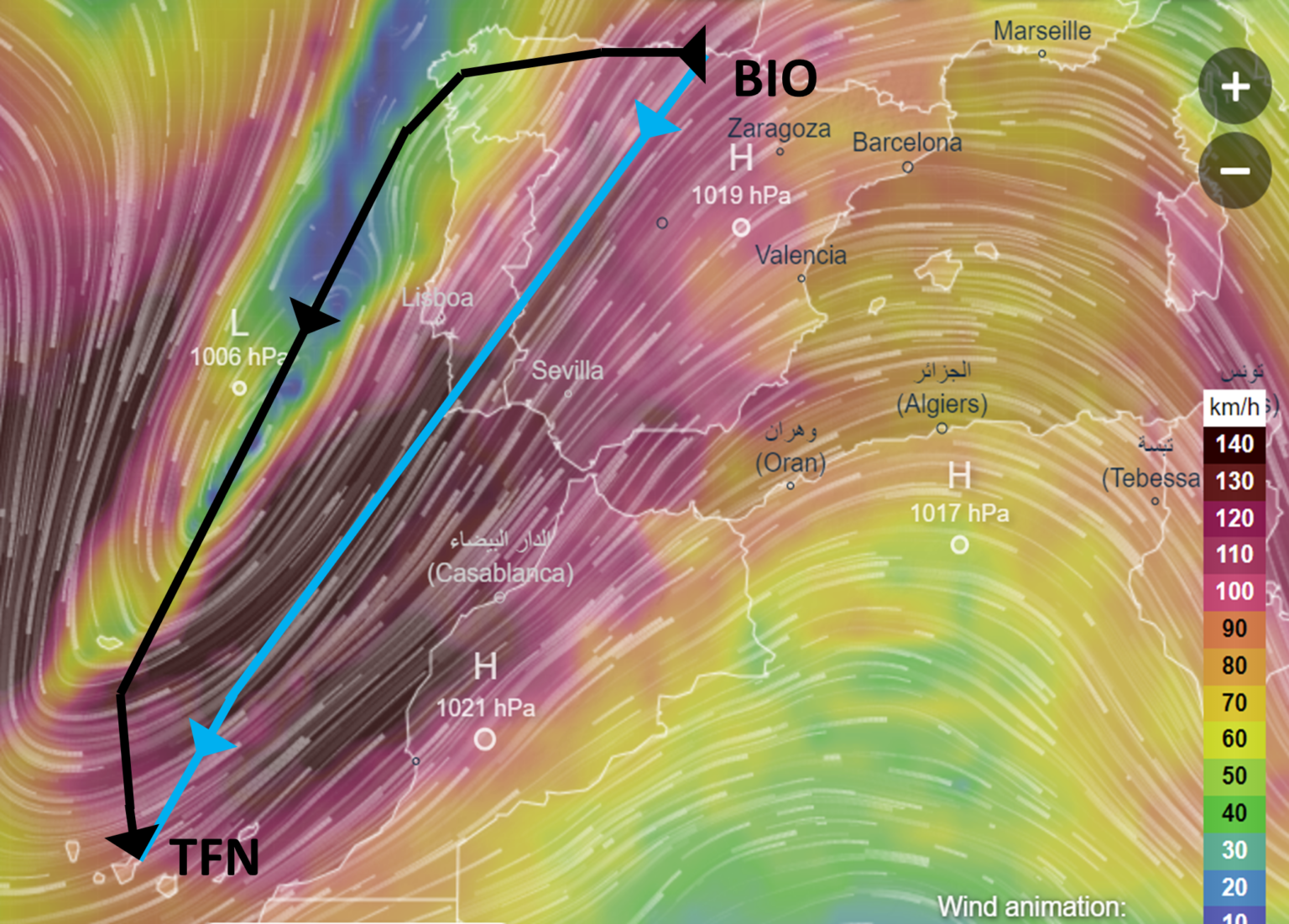I have been writing about the Single European Sky (SES), the related SES 2+ regulation and other airspace related files for quite some time. What I am hearing since I started in Brussels in 2018 is “airlines are neither planning nor flying the shortest routes”. Usually, this statement is linked with the accusation that airlines only care about their profits and not the fuel consumption/CO2 emissions. This could not be farther from the truth.
The fact is, fuel (kerosene) accounts for 24 % of airlines’ total costsIndustry Statistics Fact Sheet June 2022 (https://www.iata.org/en/iata-repository/publications/economic-reports/airline-industry-economic-performance—june-2022—data-tables /) – so reducing fuel burn and its corresponding CO2 emissions has always been one of airlines’ top priorities. In 2021, A4E spearheaded and launched the Destination 2050 initiative, where Europe’s aviation sector committed itself to net-zero emissions by 2050, in alignment with the Green Deal. The Emissions Trading System (ETS) also provides incentives to airlines by putting a price on CO2 emissions. As a result, airlines plan to fly — and will fly the routes with the least fuel consumption – if, for example, air navigation service providers (ANSPs), the military or regulators would let them.
Allowing us fly the least fuel-consuming routes requires:
- An airspace without restrictions on the routes – i.e. no military restricted areas;
- Sufficient controlling capacity of ANSPs;
- Key performance indicators (KPIs) supporting these fuel-efficient routes.
Whereas a) and b) are part of the “daily operations” c) is a more complex challenge.
The existing environmental KPIs are based on what is called the “Great Circle Distance” – the mathematically shortest connection between two points on a sphere. This concept was put in practice when aircraft had to navigate following ground-based equipment and the idea of the KPI was to eliminate zig-zag flights -– or enabling routes to become “more direct”. Nowadays, GPS technology provides us with a ground independent navigation tool and the target of these same KPIs has changed from eliminating zig-zag flights to reducing fuel consumption.

As seen in the graph above, the great circle – being the mathematically shortest connection, is not the route providing lowest fuel burn as it completely ignores environmental conditions, i.e. wind. Current technology provides airlines with routes based on environmental conditions resulting in the lowest possible fuel burn.
Unfortunately, the misconception of “direct route = most fuel-efficient route” refuses to go away.
Why is this so important? Within the performance regulation for Air Navigation Service Providers, such KPIs which ignore existing technology and physical realities are made law. The “perverse” incentive can be seen in the graphs below. The blue lines are the trajectories compliant with the existing KPIs (including known constraints like military restricted areas, ANSP capacity constraints, etc.). The black lines represent the trajectory with the lowest fuel consumption considering the known constraints.
The graph below shows the wind pattern for the two trajectories.

The following graph is a more technical representation of the trajectory with all the necessary data (waypoints) for filing a flight plan.

The difference between the two trajectories is obvious. The black one is clearly much longer – but what are the results given the existing KPIs?

In CO2 this means that the regulatory compliant flight (blue) emits 1.814,4 kg more than the non-compliant flight (black).
Airlines knowing this, plan their trajectories accordingly. ANSPs support us in achieving that most fuel-efficient trajectory. Although everybody is aware that this behaviour might be punished by the current regulation.
But there is an easy way out for lawmakers – just replace the great circle distance as the baseline for the KPIs with the optimum trajectory, which airlines can provide. With this simple modification, without changing the basic processes in the regulation, we have introduced a performance measurement that is transparent and promotes decarbonisation.
– You can download the blog here: Optimum Trajectory vs Great Circle
*The source of the photos is Vueling